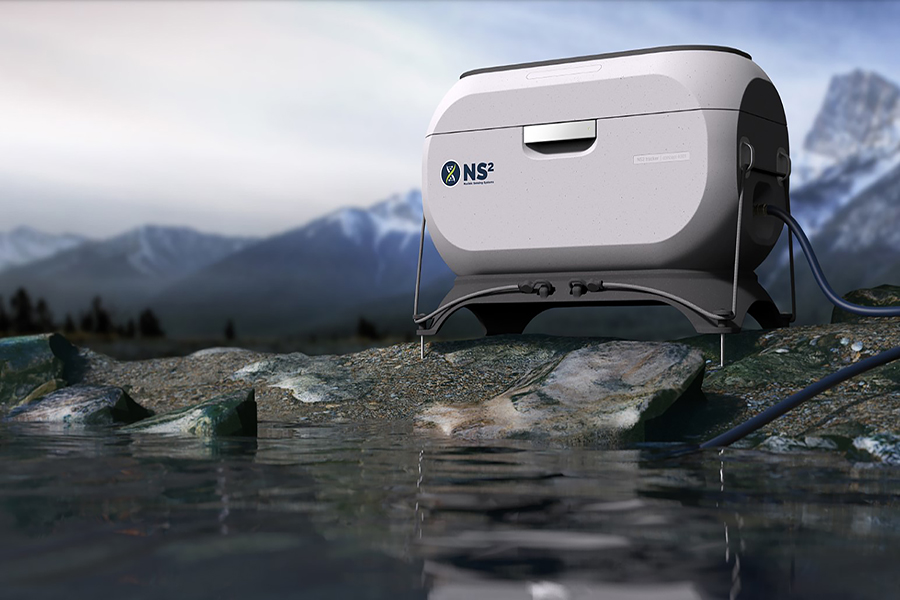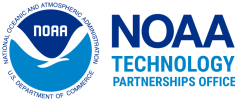The eDNA/RNA Tracker
The Technology
Nucleic Sensing System’s Tracker is a field-deployable, autonomous, web-connected monitoring tool, able to report real-time data on environmental DNA (eDNA). By taking the human out of the loop, the technology connects autonomous high-frequency sampling with geospatial data to better monitor biological activity.
Autonomy:
A genetic “smoke alarm” continuously monitors for species of concern.
Real-time data:
Data on genetic abundance is accessible, via the cloud, anywhere in the world.
In-field deployment:
The Tracker is ruggedized for deployment wherever and whenever needed.
Applications
- Early detection of invasive species
- Detection of disease in aquaculture and/or fisheries
- Detection of species of concern such as threatened/endangered species

Benefits
- It’s automated: provides continuous, autonomous monitoring of organisms of concern without cold-chain handling
- It’s fast: gives users sample-to-answer results in minutes, not weeks or months
- It’s trustworthy: by providing data our customers can trust by mitigating false positives and negatives through multiple sampling events
- It’s comprehensive: we can visualize geospatial data over time.
Resources
Company Contact
This technology is commercially available for purchase. For additional information please contact Edgar Rudberg at ed@ns2co.com. Note: Any reference obtained from this website to a specific company, product, process, or service does not constitute or imply an endorsement by NOAA.Federal Procurement – Sole Source Information
Through the SBIR/STTR Congressional Authority and Policy Directive, companies are eligible for Phase III sole-source contracts to support work that derives from, extends, or completes work funded with SBIR Phase I or Phase II awards. Technologies in the Marketplace that include this statement are eligible for Phase III awards from any federal agency. For more information about Phase III, see this website and reach out to noaa.sbir@noaa.gov with questions. Find a full list of available SBIR/STTR technologies, access the Award Database on SBIR.gov.
